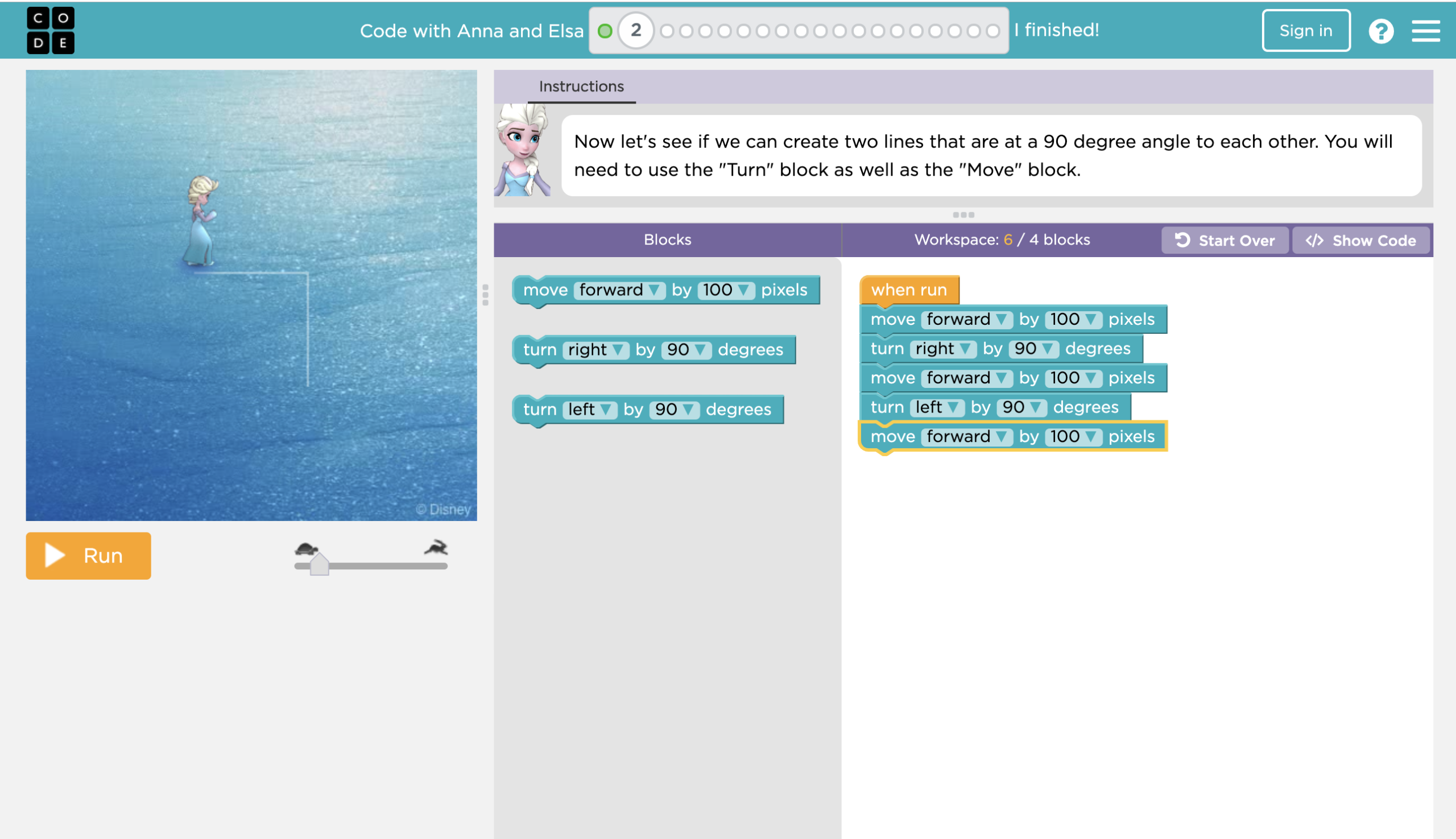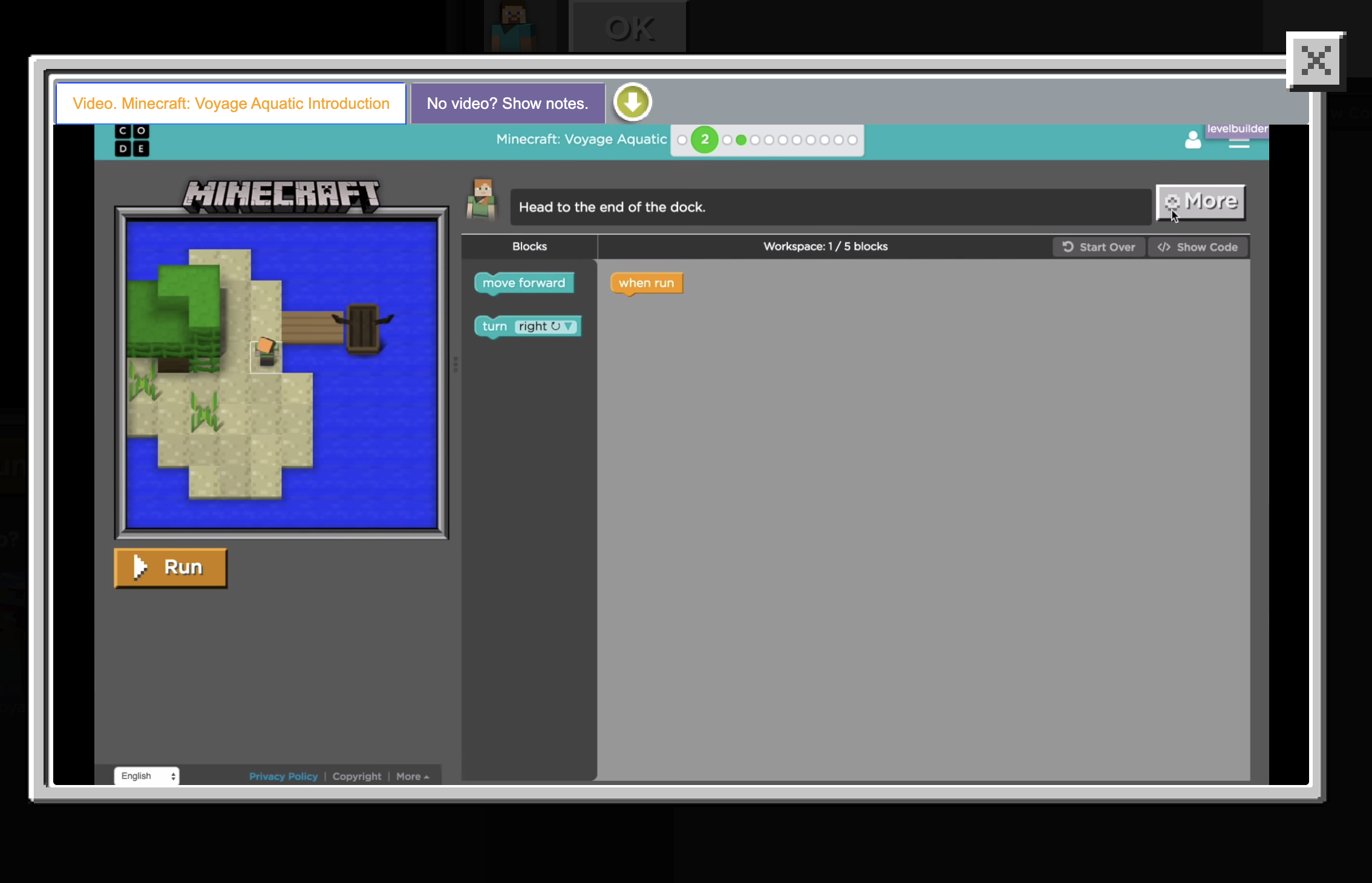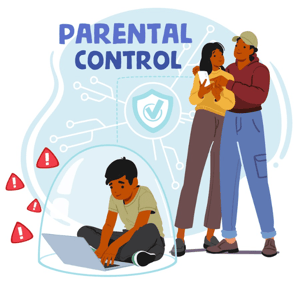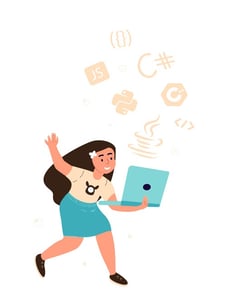If you’ve been looking for resources to help your child learn how to code, you’ve probably stumbled across a variety of options. There’s also a fair chance that you’ve heard about Code.org at some point in your journey!
Here at CodaKid, this is one of our favorite additional options, especially for young girls and other students who often go underrepresented in the computer science community. Having this experience is key for any student because it shows dedication to helping any and all students learn to code as a core subject like algebra or biology.
That said, you’re probably wondering what specific things make Code.org a good choice, especially in comparison to the range of other options available for all age groups. What is the structure? What areas of coding does it cover? Is it geared towards my child’s specific needs and skills?
To help you out, we’ve compiled everything that you might want or need to know about Code.org in one ultimate guide. It is our hope that this gives you a solid foundation of knowledge so that you won’t have to keep searching for answers – and can instead focus on the decisions about your child’s education!

Table of Contents
Code.org Review: Intended Audience
Finding programs and resources that are designed for your child’s demographic can truly make a difference in their experience. For example, even the best high school coding program in the world probably wouldn’t be useful for your 8-year-old.
Fortunately, Code.org does have some range when it comes to age group. Their website is designed for K-12 users, so students of all ages can benefit from the program (and even grow with it as they progress with their education).
While their curriculum is appropriate for all students, they are proud to note that the majority of their students are girls or underrepresented minorities. This is a huge step for diversity in computer science since it targets the earliest points of development and education, making sure all students have an opportunity from the start.

This near-even split in demographics is important progress, and it shows the pride Code.org takes in making sure their resources are accessible for all students. Plus, on a more personal level, it is always exciting, encouraging, and comfortable for students to see themselves represented in their classes and not feel like an outsider.
Best of all, these courses are available in over 63 languages and used in 180+ countries, so there won’t be any barriers to worry about. Students will even be able to learn in whichever language is most comfortable for them, something that isn’t possible in many other subject areas.

Code.org Review: Courses
There are a number of different courses on Code.org for different ages and different purposes. This makes it a great resource that can grow alongside the student and really help to give them a thorough, well-rounded coding education all the way through high school.
Hour of Code
For students who don’t have the time or ability to commit to a full-length course, there is Hour of Code, a one-hour tutorial for all ages. It is a resource that reaches tens of millions of students in almost 200 countries (and over 30 languages).
Anyone anywhere can host an event through Hour of Code. The goal isn’t to make anyone a computer science expert in a single hour, but rather to teach small pieces in a fun, creative, and accessible way. Success can be found in the vast participation across different demographic groups, giving students all across the world exposure to coding that could potentially spark a sincere, serious interest.
One of the most exciting parts is that a computer isn’t always needed for Hour of Code. There are tutorials you can join wherever you are with whatever you have, whether it is a PC, smartphone, tablet, or even no computer at all.
CS Fundamentals
If your child is in the elementary age range, then the CS Fundamentals program is most relevant to their level!
These units are specifically designed as an introduction to CS for students as young as Kindergarten. They blend online, self-guided and self-paced tutorials with offline activities that don’t even need a computer!
The courses are separated by grade level and go from A (Kindergarten) to F (5th Grade). Of course, if a student is fresh and new to coding, they can always start with earlier programs and work their way up. Courses A and B are designed to work for students who are still learning to read, so there is truly a level for every student.

Each course comes with comprehensive lesson plans as well as support resources for the teachers or parents involved (you can sign up as a teacher for access to community forums as well).
Through these programs, the students can create their own games, art and digital stories. And once they finish, they can even share them! All of the lessons are geared towards developing coding skills alongside problem-solving, communication, teamwork, determination and critical thinking skills.
CS Discoveries
Both middle and high school age students will benefit from the CS Discoveries program as it is designed for grades 6-10. It is still considered an introductory computer science course, so it would be beneficial to students of all skill levels.
The main goal of the course is to inspire and empower students by giving them skills to help them create their own artifacts through computer science. It can play a significant role in helping students develop their creativity as well as their problem-solving and communication skills. Plus, they can have fun!
Some of the main areas covered here include programming, physical computer, data, user-centered design, and more. Students will be able to create their own apps, websites, animations, games, and even physical computing systems.
This course is flexible and can be tailored to the availability and flexibility of the student. It could be an in-depth, single-semester course, a full-year course, or anything in between. There are even options available for less than a semester if it is intended to be just one part of a larger class.
The six main units in CS Discoveries are:
- The Problem Solving Unit: an interactive and collaborative introduction to computer science with puzzles, challenges, and real-world situations. Students learn how computers input, output, store, and process information here, giving them a solid foundation on how computers work.
- The Web Development Unit: a place where students can create and share their own content as they acquire skills like debugging, commenting, language structure, and more.
- The Interactive Animations and Games Unit: a place where students can create animations, art, games, and programmatic images. This is where they can learn and practice design, testing, iteration, and real-time examples of failure and debugging.
- The Design Process Unit: the place where students can learn about the broader impacts of computing outside of their own needs and interests. Students can tinker with prototype solutions to problems and test with real users, showing them just how much their skills can impact that world on a larger scale.
- The Data and Society Unit: the unit that focuses on how data can help to solve problems. Students start by exploring different systems that represent information on computers and then learn how sets of data can be used to solve problems. Finally, they can learn how computers are able to automate these solutions.
- The Physical Computing Unit: the final place where students can develop programs through the same inputs and outputs in many modern smart devices. They will get to see how prototypes become finished products through design challenges that encourage their innovation.
CS Principles
Lastly, CS Principles is the course intended solely for high school students (grades 9-12). It is connected to the AP Computer Science Principles course (meaning that it can count as AP credit) that introduces students to foundational concepts of computer science and how it can impact the world.
This is a year-long course is intended to complement CS Discoveries through its deeper focus on concepts like the internet and larger societal impacts of computer science skills and topics. It is intended to be rigorous and engaging, but also approachable for students with less solid backgrounds in the subject area.
The curriculum in this course is made up of daily lesson plans with activities, videos, assessments, and more. This makes it easy for teachers to guide the students and learn alongside them.
Code.org Review: Computer Science Topics Covered

Through the courses mentioned above, a number of different topics are covered. We will go into a few of the main areas here!
Game and App Design
Students as young as the K-5 age range can learn how to design their own games and apps, and they can have a great deal of fun while doing it!
A lot of these fundamentals are taught through drag & drop blocks, so the instructions are easy to follow and lead students to fun and rewarding results. Once of the best parts about it is that they will have their very own games and apps to play with, giving incentive for them to really push the boundaries of their creativity and ability.
Further along in their education, they can even learn to program robots and devices. This can help children who may have never considered robotics get into this area and perhaps find a computer science passion in middle and high school!
Computer Drawings
Another area that kids will be able to explore is creating their own drawings and art through coding languages. This is something especially exciting for creative children who may have an interest in areas like graphic design later on!
JavaScript is mostly known for its utility in the areas of app and game design, but it is also useful in drawing. For instance, in Course F (the final course in CS Fundamentals), they will learn about drawing with loops as just one of the many topics.
Website Creation
This is a big area that Code.org particularly dives into with older students (middle and high school). Students will be able to use coding languages to design their own websites and fine-tune skills that can be incredibly marketable later in life.
Website design is also taught through methods like drag & drop blocks to help students really build a foundation in this area and thoroughly understand the basics.
JavaScript, CSS, and HTML Languages
Through the above lessons, students will have the opportunity to work with and learn multiple coding languages. The three main ones will be JavaScript, CSS, and HTML – three of the most standard languages they will run into later on.
The App Lab, Game Lab, and Web Lab will be the main areas where they get to practice these skills as they develop some of the experience mentioned above. The App Lab and Game Lab will be the main areas for JavaScript while the Web Lab will be the bulk of the CSS and HTML.
This is just the beginning as they will be able to explore and introduce themselves to other languages as well, including Python!
Code.org Review: Technical Requirements

A question that you should ask when looking into any coding resource – since it is a digital skill – is about the technical requirements of the program.
Some good news for younger students is that K-5 courses won’t need the same level of technology. The activities in these courses are compatible on iPads and Chromebooks, so even if they don’t have regular access to a laptop or desktop computer, they can still complete their courses.
The hardware required for course levels 6-12 includes:
- Desktop/laptop computer with a mouse/touchpad and keyboard
- Internet connection with a speed of at least 15MBit/sec
- Screen size of at least 1024×728 px
Code.org courses are supported by most browsers, too, including Internet Explorer, Google Chrome, Safari, and Firefox. This provides flexibility in terms of not only what is available but also what is preferred by the students and teachers.
It is important to note, however, that if the school or institution has websites like YouTube or other video platforms blocked, this may need to be altered for the sake of the curriculum. Many courses include videos that are hosted on these platforms, so it’s necessary to unblock the needed websites before a child can begin.
Code.org Review: Pricing
This is perhaps the most exciting part of Code.org: it’s free!
As mentioned before, Code.org has a mission to provide computer science education to every child possible, not just the lucky few. This is why their nonprofit business model is committed to a free curriculum and open source technology.
All of the curriculum resources and tutorials created and supplied by Code.org will always be free to use and openly licensed. This means that not only will the tools they provide be available on their platform, but also that derivative resources can be created by other organizations for non-commercial purposes.
How do they do this? Through the support of generous donors who also believe in the vision of educated young students from all backgrounds in the world of coding. Free educational resources are a key factor in expanding newly critical skills like coding and computer science, so many individuals and organizations are excited to be a part of that ambition.
Code.org Review: In Summary
That about covers pretty much every main area and detail about Code.org, so hopefully your general idea and view feel much more secure and informed.
To recap, we have discussed:
- Intended audiences
- Courses
- Topics covered
- Technical requirements
- Pricing (it’s free!)
We know that the top priority for you is the ability to make informed decisions when it comes to your child’s education. Hopefully this guide has helped to provide some more insight on this particular platform so you can know if you are headed in the right direction.
So, what are your thoughts on Code.org? How might you incorporate it into your child’s education?

















